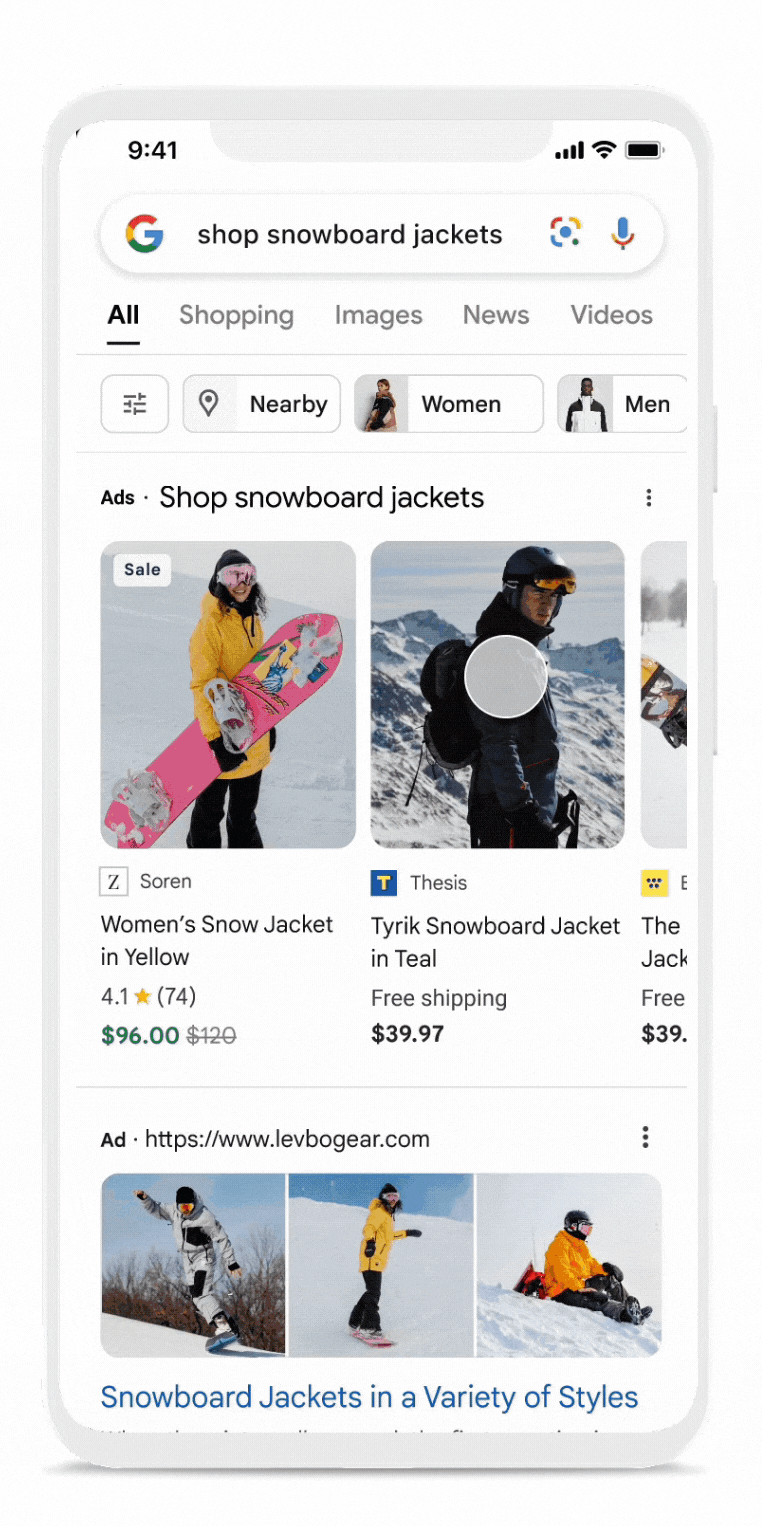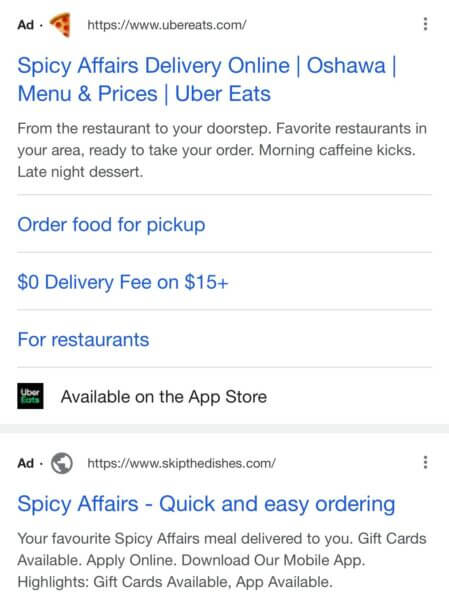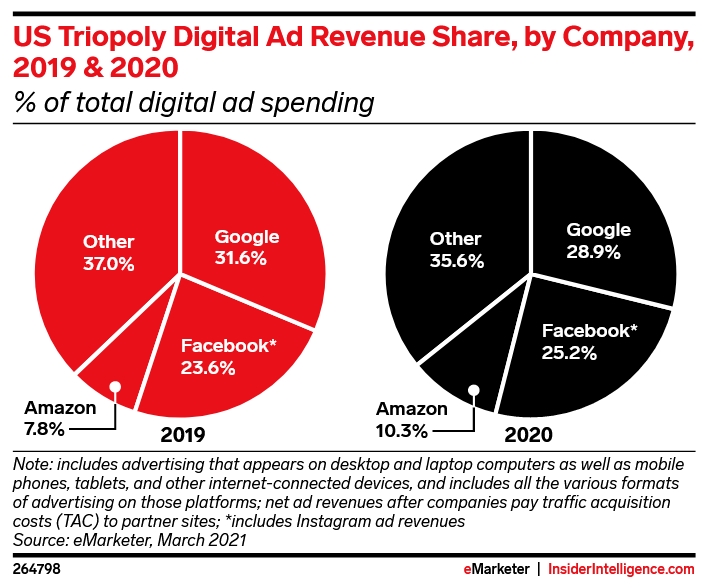TikTok is still considered a niche social media site by some, but the platform has grand ambitions to keep growing into an even bigger platform in the future.
In TikTok’s first-ever company event, held as part of the 2022 Cannes Lions International Festival of Creativity, the company’s leadership spoke about the challenges facing the platform and their plans to overcome them.
Company leadership addressed a range of topics, including shopping across the platform, user safety, iOS 14’s impact on online advertising, and more. Let’s go over some of the highlights:
Advertising Updates
Though it has already amassed hundreds of thousands of advertisers, TikTok’s president of global operations solutions, Blake Chandlee says the company’s current goal is in the millions.
To do this, TikTok is expanding its advertising toolset and creating new features to help advertisers measure the quality of ads.
Managing director and global head of monetization product, strategy, and operation, Ray Cao, also addressed the impact of Apple’s iOS 14 on its advertising operations.
This update made it difficult to target and track ads to many users as it gave users the option to block many forms of online tracking. However, Cao says the social network will overcome this by increasing the options for contextual ad targeting.
At the same time, TikTok is working to improve brand safety by better assessing what type of content an ad may be associated with.
As Francis Stones, head of European brand safety explained, the company’s review process now analyzes sounds, text, emojis, and imagery to ensure brands do not become associated with something problematic.
TikTok Shopping Features
Along with these updates to TikTok’s advertising services, the platform is also continuing its efforts to develop its live shopping functionality.
Global head of business marketing, Sofia Hernandez explained that the new feature is being developed to allow brands to take advantage of user-created content quickly and easily, though further details were unavailable.
As TikTok grows into a major force on today’s internet, it is working to provide brands and advertisers with the types of features they have come to expect from social networks. While this is just a small look at the platform’s direction for the future, it shows that the newly popular social network intends to keep growing with its userbase.






